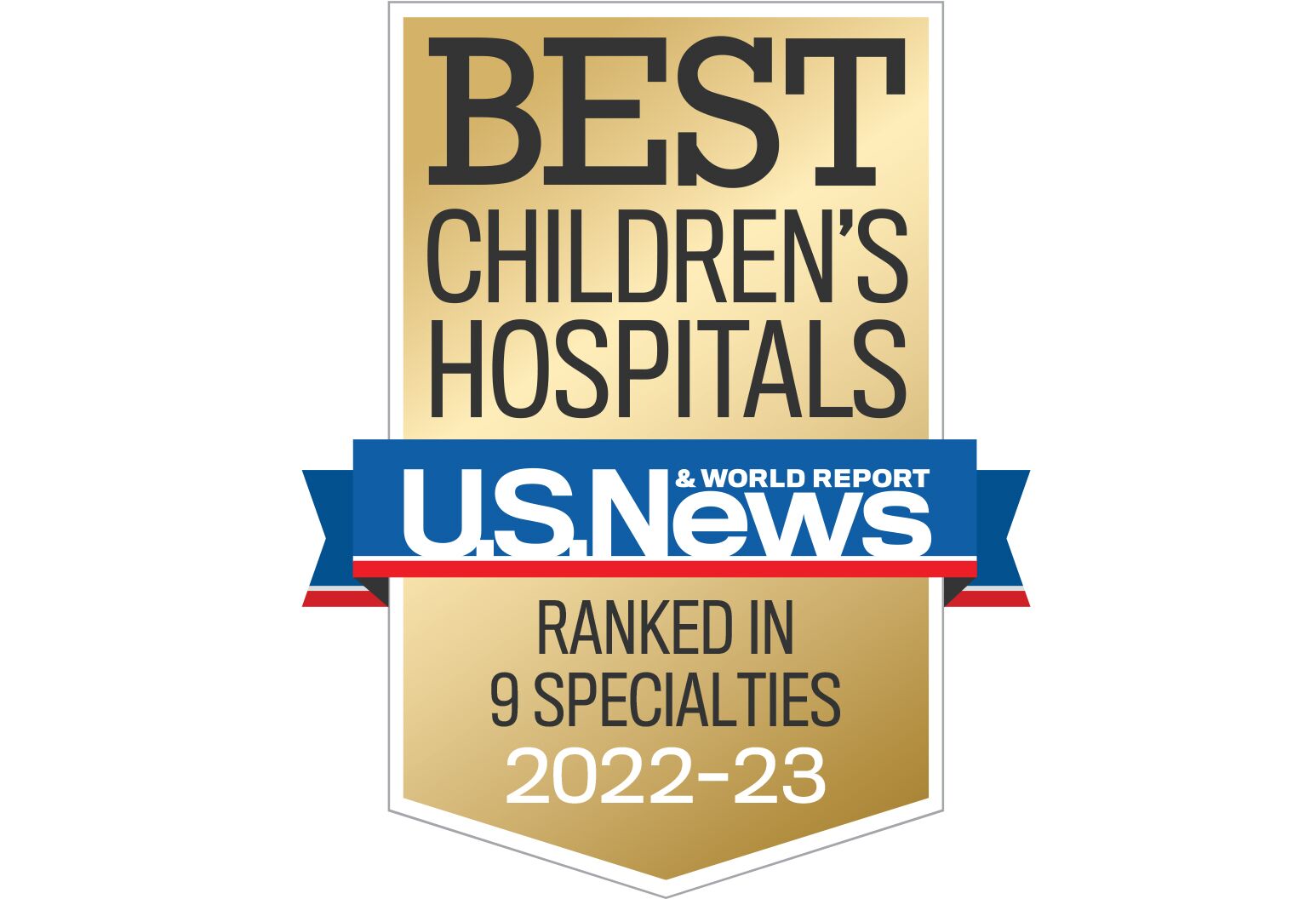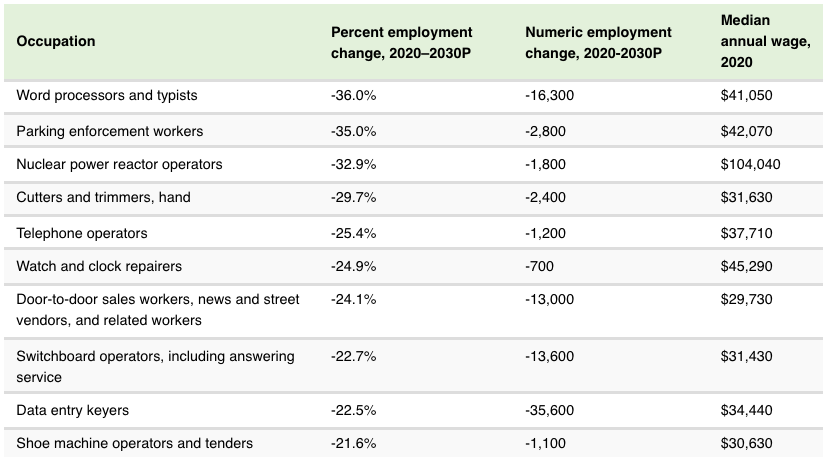
You may be curious about Medicare PACE costs and benefits if you are considering enrolling in Medicare. This article will show you how to enroll and how to calculate your copays. There are many questions to ask when you're thinking about enrolling in Medicare PACE, so be sure to ask these questions before you make your decision. While Medicare has many wonderful benefits and can be confusing, it is an excellent program.
Costs
The NHC defines PACE slightly differently from other Medicare payment programmes and it lacks uniformity. Costs for a PACE program with $3,000 monthly capitation per enrollee are likely to range from $100 to $3,000 each month. Furthermore, enrolling at different PACE sites could result in significantly different costs. The payment system should reflect differences in enrollees from one location to the next.

Benefits
The PACE benefits are similar as Medicaid's but it is a voluntary program that allows individuals freedom to choose their provider. It covers many of same medical services as Medicaid and also includes services that Medicare does NOT cover. Monthly payments are made to PACE providers by both Medicare and Medicaid. Participants pay a premium equaling the Medicaid capitation. PACE does no cover coinsurance or deductibles.
Enrollment
The generalizability of the survey data is limited by the low response rate. Only 68% of respondents completed the PACE Survey, compared to 61% of non-respondents. While all sites had higher participation rates than the average national site, some of the differences could be explained in part by unique demographic and health characteristics. These factors can be affected by attachment and home ownership, as well as the design of PACE programmes.
Co-pays
Many Medicare beneficiaries do not realize that they may be responsible for paying co-pays and deductibles. PACE, which stands to "patient-centered alternate to nursing homecare," was developed in San Francisco in 1970s. The model was later formally approved by CMS and became a permanent Medicare Advantage option. PACE members receive coordinated care by a team comprised of health care professionals who specialize in elder care. PACE members can choose whether to continue to see a physician or to enroll in other health insurance programs.

Expansion
All Medicare beneficiaries will benefit from the expansion and maintenance of PACE. Since the program was established, fewer than two million seniors have lost their health care coverage. PACE has many benefits, but participation in the program is still difficult. There is still a waiting list for potential participants. PACE will need a new application in order to grow. This application can either be submitted via the SAA or the CMS. Each organization will review the application and assist with the PACE program's effectiveness.
FAQ
Who owns the healthcare network?
It depends on how you look at it. The public hospitals could be run by the government. Private companies may run private hospitals. Or a combination.
What can I do to ensure my family receives quality health care services?
Most states have a department that provides affordable health care. Some states have programs that provide coverage for low-income families who have children. To find out more about these programs, contact your state's Department of Health.
What are the different health care services?
A health care facility is one that offers healthcare services to patients. A hospital is an example. It often includes multiple departments such as the emergency and intensive care units, pharmacy, outpatient clinics, and other healthcare facilities.
Statistics
- About 14 percent of Americans have chronic kidney disease. (rasmussen.edu)
- Healthcare Occupations PRINTER-FRIENDLY Employment in healthcare occupations is projected to grow 16 percent from 2020 to 2030, much faster than the average for all occupations, adding about 2.6 million new jobs. (bls.gov)
- Consuming over 10 percent of [3] (en.wikipedia.org)
- The healthcare sector is one of the largest and most complex in the U.S. economy, accounting for 18% of gross domestic product (GDP) in 2020.1 (investopedia.com)
- Over the first twenty-five years of this transformation, government contributions to healthcare expenditures have dropped from 36% to 15%, with the burden of managing this decrease falling largely on patients. (en.wikipedia.org)
External Links
How To
What is the Healthcare Industry Value Chain (or Value Chain)?
The entire value chain of the healthcare industry includes all activities involved with providing healthcare services to patients. This includes all business processes at hospitals and clinics. It also includes supply chains that connect patients to other providers like pharmacists and insurance companies. The end result is a continuum of care that begins with diagnosis and ends with discharge.
The value chain is composed of four main components:
-
Business Processes - These consist of the tasks performed by individuals throughout the entire process of delivering health care. A doctor might conduct an exam, prescribe medication and send a prescription to a pharmacy. Each step along the way must be completed efficiently and accurately.
-
Supply Chains are all the organizations responsible for making sure the right supplies reach their intended recipients at the right time. One hospital may have many suppliers. This includes pharmacies and lab testing facilities as well as imaging centers and janitorial staff.
-
Networked organizations - These entities must communicate with each other in order to coordinate. Hospitals often have several departments. Each one has its own phone number and office. The central point will allow employees to get up-to-date information from any department.
-
Information Technology Systems – IT is crucial in order to ensure that business processes run smoothly. Without IT, things could quickly go sour. IT is also a platform that allows for the integration of new technologies into the system. Doctors, for example, can connect to a secure internet connection to access electronic medical records.